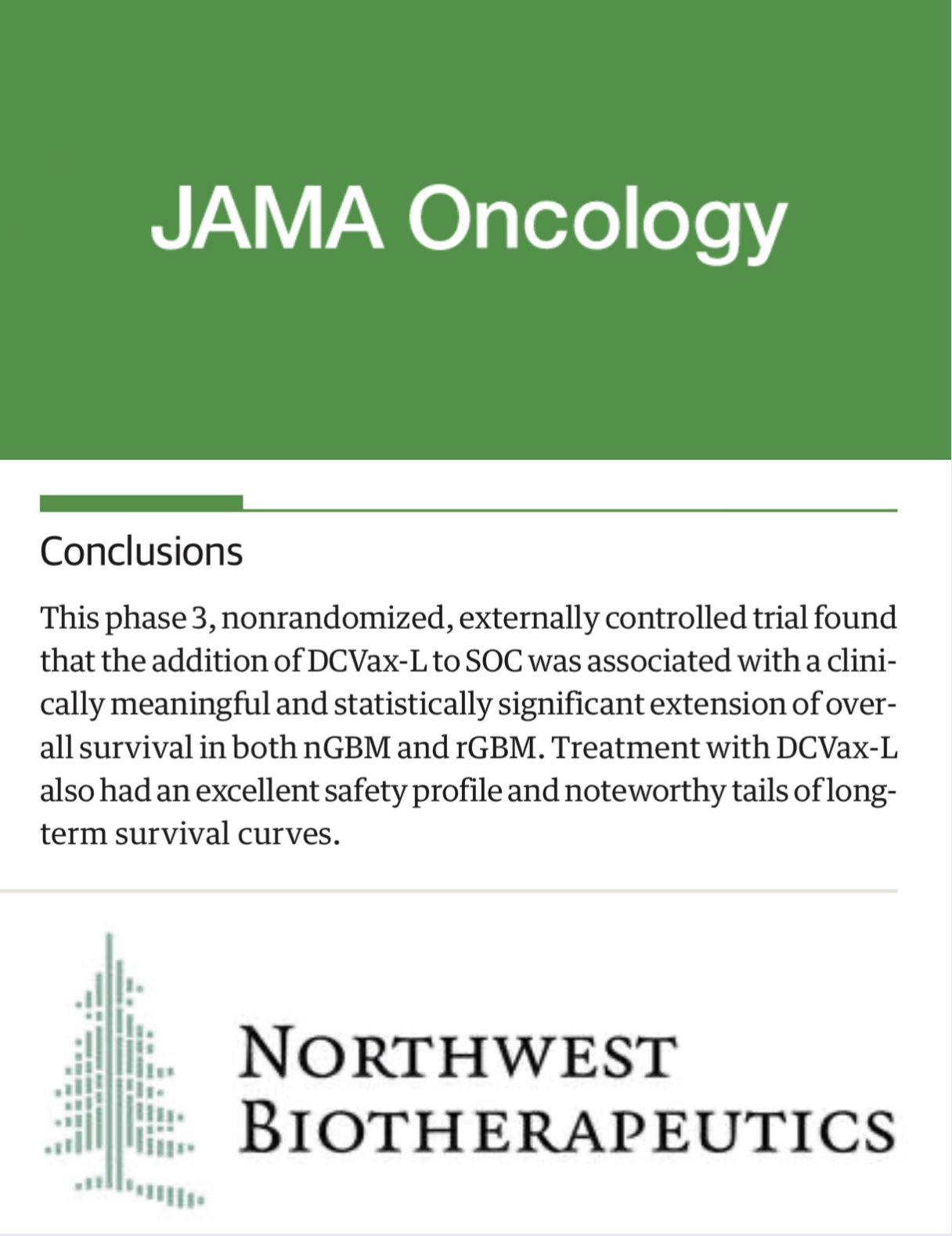Total Neoadjuvant Therapy for Locally Advanced Rectal Cancer.
IF 20.1
1区 医学
Q1 ONCOLOGY
引用次数: 0
Abstract
Importance This was a clinical study of total neoadjuvant therapy (TNT) for rectal cancer. Objective To assess the use and outcomes of TNT in routine practice. Design, Setting, and Participants This international, multicenter study was conducted at 61 centers across 21 countries and included consecutive patients treated off trial with TNT for stage II/III rectal adenocarcinoma from September 2012 to December 2023. Data were analyzed between August and October 2024. Exposure TNT, defined as the delivery of radiotherapy and nonradiosensitizing chemotherapy before surgery or watch and wait. Main Outcomes and Measures The primary outcome was type of TNT administered. Secondary outcomes were patient characteristics, treatment adherence, safety, and efficacy overall and by type of TNT in the entire population and after propensity vector matching. Results A total of 1585 patients (588 female [37.1%]; median [IQR] age, 61 [53-68] years) were included, 1260 (79.5%) of whom had 1 or more high-risk features (eg, cT4, cN2, extramural venous invasion, threatened/involved mesorectal fascia, and lateropelvic lymphadenopathy). Patients were treated with the PRODIGE 23-like regimen (FOLFIRINOX/FOLFOXIRI followed by long-course chemoradiotherapy) (271 [17.7%]), RAPIDO-like regimen (short-course radiotherapy followed by consolidation FOLFOX/CAPOX) (529 [33.4%]), OPRA induction-like (induction FOLFOX/CAPOX followed by long-course chemoradiotherapy) (190 [12.0%]), OPRA consolidation-like (long-course chemoradiotherapy followed by consolidation FOLFOX/CAPOX) (257 [16.2%]), and other regimens (360 [22.7%]). After TNT, 192 (12.1%) underwent watch and wait, and 30 (1.9%) underwent local excision. Pathological or clinical complete response was reported in 23.2% of cases. At treatment failure, 8.5% was local and 16.4% was distant progression. Three-year event-free survival (EFS) was 68% (95% CI, 64%-71%), and 5-year overall survival (OS) was 79% (95% CI, 75%-83%). In the overall population, patients treated with the PRODIGE 23-like regimen were most likely to have serious adverse events (61 [23.5%]) but had better local control and survival outcomes than those treated with the RAPIDO-like (EFS: hazard ratio [HR], 0.68; 95% CI, 0.49-0.95; P = .03; OS: HR, 0.51; 95% CI, 0.27-0.97; P = .04), OPRA induction-like (EFS: HR, 0.66; 95% CI, 0.44-0.98; P = .04; OS: HR, 0.35; 95% CI, 0.18-0.70; P = .003), and OPRA consolidation-like (EFS: HR, 0.64; 95% CI, 0.44-0.93; P = .02; OS: HR, 0.50; 95% CI, 0.25-1.00; P = .05) regimens. In the matched population (928 patients [58.5%]), no differences in survival outcomes were observed between the TNT regimens. Conclusions and Relevance The findings of this case series study show substantial variation in the choice of the TNT regimen and were overall aligned with those reported in clinical trials, suggesting the efficacy of TNT in a clinical setting regardless of the specific regimen.局部晚期直肠癌的全新辅助治疗。
重要意义:这是一项直肠癌全新辅助治疗(TNT)的临床研究。目的评价TNT在临床中的应用及效果。设计、环境和参与者这项国际多中心研究在21个国家的61个中心进行,包括2012年9月至2023年12月期间连续使用TNT治疗II/III期直肠腺癌的患者。研究人员分析了2024年8月至10月之间的数据。暴露,定义为术前放疗和非放射致敏化疗或观察等待。主要观察指标:主要观察指标为给药TNT的类型。次要结果是患者特征、治疗依从性、安全性和总体疗效,以及整个人群中TNT类型和倾向向量匹配后的疗效。结果共1585例患者,其中女性588例,占37.1%;中位[IQR]年龄61[53-68]岁),其中1260例(79.5%)具有1项或1项以上高危特征(如cT4、cN2、外静脉侵犯、威胁/累及直肠系膜筋膜和盆腔后淋巴结病)。患者接受PRODIGE 23样方案(FOLFIRINOX/FOLFOXIRI +长期放化疗)(271例[17.7%])、rapido样方案(短期放疗+巩固性FOLFOX/CAPOX)(529例[33.4%])、OPRA诱导样(诱导FOLFOX/CAPOX +长期放化疗)(190例[12.0%])、OPRA巩固样(长期放化疗+巩固性FOLFOX/CAPOX)(257例[16.2%])和其他方案(360例[22.7%])。TNT术后观察等待192例(12.1%),局部切除30例(1.9%)。23.2%的病例病理或临床完全缓解。治疗失败时,8.5%为局部进展,16.4%为远处进展。3年无事件生存率(EFS)为68% (95% CI, 64%-71%), 5年总生存率(OS)为79% (95% CI, 75%-83%)。在总体人群中,接受PRODIGE 23-like方案治疗的患者最可能发生严重不良事件(61例[23.5%]),但比接受RAPIDO-like方案治疗的患者有更好的局部控制和生存结果(EFS:风险比[HR], 0.68;95% ci, 0.49-0.95;p = .03;Os: hr, 0.51;95% ci, 0.27-0.97;P = 0.04), OPRA诱导样(EFS: HR, 0.66;95% ci, 0.44-0.98;p = .04;Os: hr, 0.35;95% ci, 0.18-0.70;P = 0.003)和OPRA合并样(EFS: HR, 0.64;95% ci, 0.44-0.93;p = .02;Os: hr, 0.50;95% ci, 0.25-1.00;P = 0.05)方案。在匹配的人群中(928例患者[58.5%]),TNT方案之间的生存结果没有差异。结论和相关性:本病例系列研究的结果显示,在选择TNT治疗方案方面存在很大差异,并且与临床试验报告的结果总体上一致,表明TNT在临床环境中的疗效与具体治疗方案无关。
本文章由计算机程序翻译,如有差异,请以英文原文为准。
求助全文
约1分钟内获得全文
求助全文
来源期刊

JAMA Oncology
Medicine-Oncology
自引率
1.80%
发文量
423
期刊介绍:
JAMA Oncology is an international peer-reviewed journal that serves as the leading publication for scientists, clinicians, and trainees working in the field of oncology. It is part of the JAMA Network, a collection of peer-reviewed medical and specialty publications.
 求助内容:
求助内容: 应助结果提醒方式:
应助结果提醒方式:


